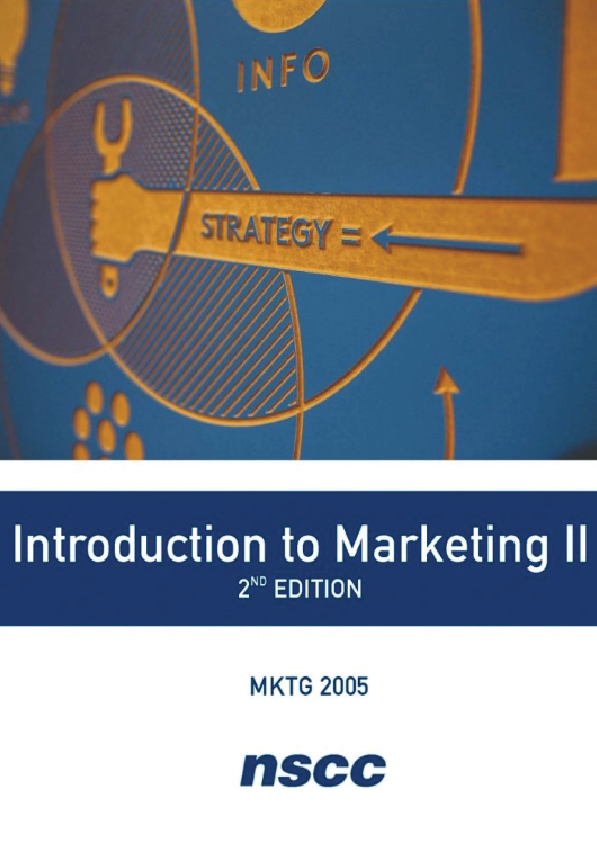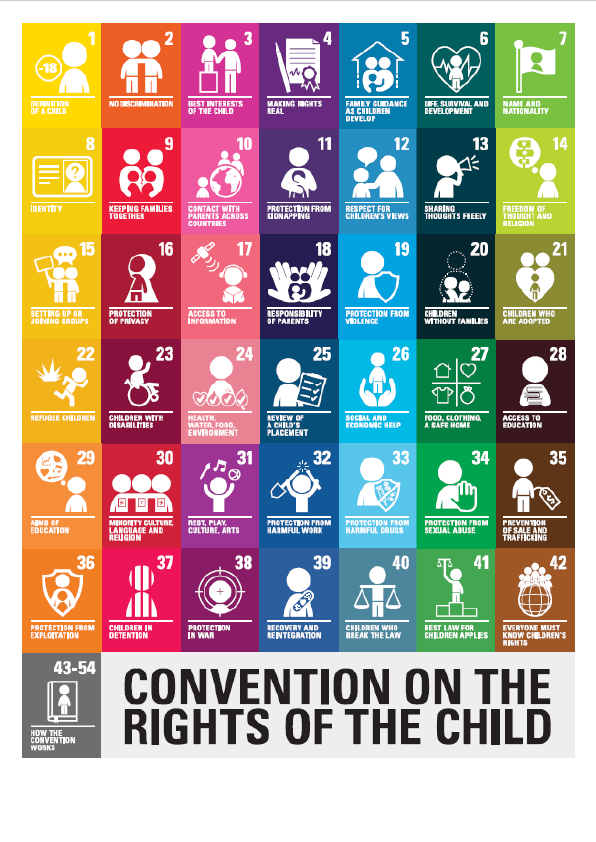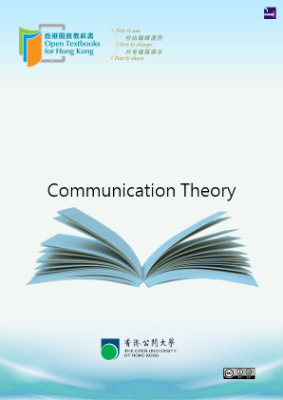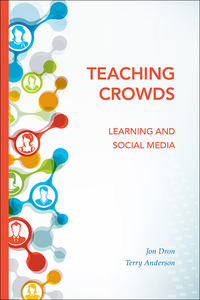This text, and the related Introduction to Marketing I text, were first adopted at Nova Scotia Community College (NSCC) in 2020 and were subsequently enhanced and improved in 2021 with support from the NSCC School of Business and Creative Industries faculty along with NSCC students funded through grants from AtlanticOER (Council of Atlantic University Libraries) and the NSCC Foundation.
The content was modified to suit the emerging needs of teachers and learners. The text was also integrated into a Learning Management System with customized PowerPoints and Quizzes – a Brightspace shell.
Faculty team members for the 2021 revision project included: Di Best, Deirdre Evans, Jules Fauteux, Helen Graham, Teri Green, Melanie Grant, Tara Laceby, Phyllis LeBlanc, Harold Lowe, Shari Mallory, Bonnie O’Toole, Barbara Powers, Rankin MacMaster, Terry Sulis, and Wendy Tarrel.
Student team members for the 2021 revision project included: Hadley Brooks-Joiner, and Kimia Ghasemi.
Support team members for the 2021 revision project included: Michelle Chalupa and Lynn MacGregor.
Team members from the 2020 adoption included: Di Best, Deidre Evans, Jules Fauteux, Rankin MacMaster, Barbara Powers, and George Swaniker.
Special thanks to Lynn MacGregor for her dedication and support as a foundational OER champion at NSCC.
The Power of Brand
Brands are images that exist in your mind–and in the minds of other consumers–about the things around you: products, services, places, companies, people, entertainment, and so on. In a modern world that offers many choices, brands help simplify the decisions you make about what to buy, where to go, and how to spend your time.
Brands are powerful. When you explain why a brand is your favourite, you probably identify some of the traits or features of its products or services that explain rationally what makes it better than others. But rational explanations are just part of the story. Strong brands are powerful because they also tap into emotions. They make you feel a certain way, and that feeling is hard for any other brand to replicate—let alone replace.
Brands can cause people to spend more money on a product than they would otherwise. Brands can create a sense of loyalty and even lock-in—that haloed point where a tribe of dedicated fans always chooses one company’s product or services over another.
If you walk through a parking lot at school, work, or the local mall, chances are good that you could identify all the car brands just by looking at hood emblems. When you spot someone with a “swoosh” on their T-shirt, you probably already know they’re wearing Nike-brand apparel without even asking. How is it possible to know so much just by looking at an image or a shape? The answer is branding!
These familiar symbols are the tangible marks of branding in our everyday lives. But brands are much more than just logos and names. Brands also encompass everything else that contributes to your perception of that brand and what it represents.
As we start our exploration of brand and its role in marketing, take a few minutes to watch the following video about Coca-Cola, which is perhaps one of the most iconic brands of all time.
Here’s Don Drapers’ ‘idea’ for the refreshed Coke Brand in the 1971. Does it resonate today?











